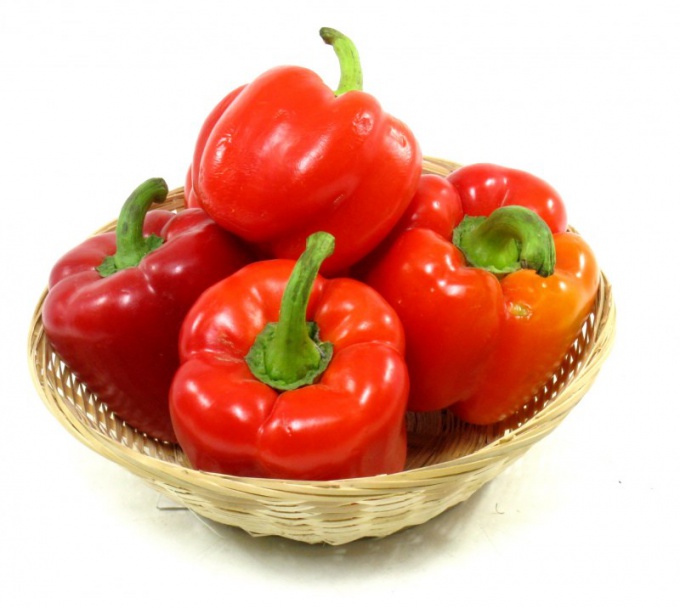Potato late blight is a plant pathogenic fungus. Usually, infection occurs when the use of infected water for irrigation. Also the infection can be transferred on shoes, or agricultural tool with soil particles from the infected areas. Spores of phytopathogenic fungus can remain viable for several years.
Late blight develops during the vegetation period. However, most often manifests itself only after flowering. Disease recognition is possible by wet rot forming on the base of the stem.
On the leaves the disease manifests itself in the form of a watery, rapidly increasing in size of damage that is becoming more brown and "corrugated" surface. With heavy infestation the leaves turn yellow and fall off.
On fruits of pepper appear bumpy brown spots surrounded by a pale green halo. With the spread of the disease, the spots enlarge and extend deep into the fruit.
The development of the pathological process contribute to high humidity, large swings in day and night temperatures, as well as too tight fit.
To prevent disease, it is recommended to follow a few rules. Plant peppers away from planting tomatoes and potatoes because these plants are very susceptible to late blight.
To ensure good drainage, it is recommended to produce planting plants on raised beds. Before sowing it is necessary to hold pepper seeds in 1% potassium permanganate solution. To soak the seeds need at least 20 minutes.
When the first night of cold weather, you should cover the plants at night film.
Regularly spray the pepper fungicides, for example, 1% Bordeaux mixture. For spraying it is recommended to apply infusion of garlic. To prepare the mixture, it is necessary to collect about 150 grams of dry garlic husk and infuse it 10 litres of water for 24-36 hours.
